Home>Articles>How To Use A Single Or Extension Ladder When Accessing The Roof
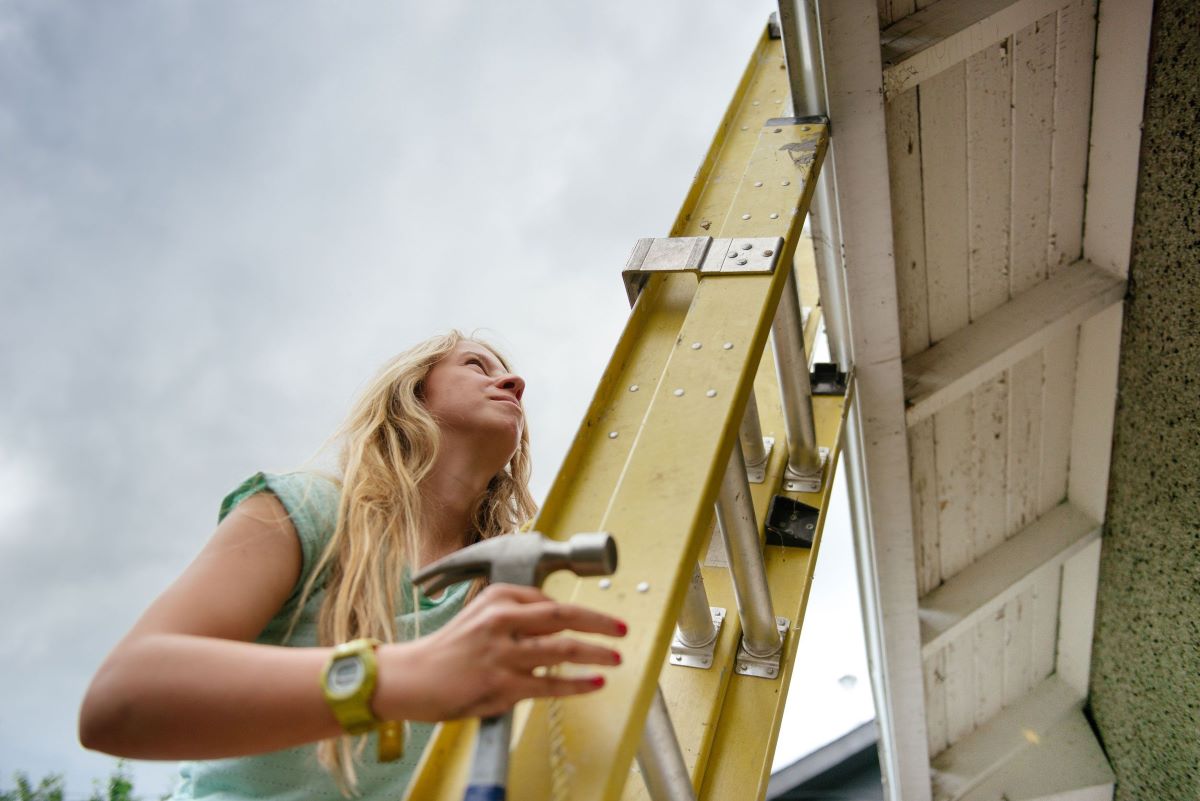

Articles
How To Use A Single Or Extension Ladder When Accessing The Roof
Modified: October 18, 2024
Learn essential safety measures when accessing a roof with a single or extension ladder in this comprehensive article.
(Many of the links in this article redirect to a specific reviewed product. Your purchase of these products through affiliate links helps to generate commission for Storables.com, at no extra cost. Learn more)
Introduction
When it comes to accessing a roof, ensuring proper ladder safety is of utmost importance. One crucial aspect of ladder safety is extending the top of a ladder when accessing a roof. This simple yet essential practice provides stability and security, reducing the risk of accidents and injuries.
In this article, we will explore the significance of extending the top of a ladder when accessing a roof. We will also discuss the different types of ladders, proper ladder positioning, and specific guidelines for extending the top of both single and extension ladders.
Whether you are a professional roofer or a DIY enthusiast working on your own home, understanding and implementing ladder safety protocols is crucial. By following the guidelines outlined in this article, you can ensure a safer and more efficient experience when accessing a roof.
Key Takeaways:
- Extending the top of a ladder when accessing a roof is crucial for stability, balance, and preventing damage to the roof. It also demonstrates a commitment to safety and reduces the risk of accidents and injuries.
- Proper ladder positioning, extending guidelines, and common safety precautions are essential for safe and efficient roof access. Prioritizing ladder safety creates a safer working environment for professionals and DIY enthusiasts.
Importance of Extending the Top of a Ladder When Accessing a Roof
Extending the top of a ladder when accessing a roof is essential for several reasons. Firstly, it provides increased stability and prevents the ladder from slipping or shifting during use. This is especially important when climbing onto a sloped or uneven surface.
By extending the top of the ladder, you effectively create a wider base of support, distributing your weight more evenly and reducing the risk of tipping or losing balance. This is crucial, as falling from a ladder while accessing a roof can result in severe injuries.
In addition to stability, extending the top of the ladder allows for a proper handhold when transitioning from the ladder to the roof. This provides an extra point of contact and helps to maintain balance and control during the process.
Another advantage of extending the top of the ladder is that it helps to prevent damage to the roof material. If the ladder is not extended sufficiently, the feet or rungs of the ladder may come into direct contact with the roof, which can cause scratches, dents, or even structural damage.
Furthermore, an extended ladder ensures that you have enough clearance to safely climb up and down without any obstruction. This is particularly crucial when you are carrying tools or materials with you, as it allows you to maneuver comfortably and reduces the risk of accidents or falling objects.
Lastly, extending the top of a ladder demonstrates a commitment to safety. It shows that you are knowledgeable about proper ladder usage and are taking the necessary precautions to protect yourself and others.
In summary, extending the top of a ladder when accessing a roof is vital for stability, balance, preventing damage to the roof, ensuring proper clearance, and overall safety. It is a fundamental practice that should be followed by anyone working on a roof, whether a professional or a DIY enthusiast.
Understanding Ladder Types: Single and Extension
Before we delve into the specifics of extending the top of a ladder when accessing a roof, let’s first understand the two common ladder types: single and extension.
A single ladder, also known as a straight ladder, is the most basic and traditional type of ladder. It consists of a single section that extends vertically, typically reaching a maximum height of 20 feet. Single ladders are widely used for various tasks, including accessing roofs.
On the other hand, an extension ladder is designed to be adjustable and extendable. It comprises two or more sections that can slide and lock into position, allowing for increased versatility and reach. Extension ladders are popular choices for accessing rooftops as they can be adjusted to match the desired height.
When it comes to accessing a roof, both single and extension ladders can be used. However, the method of extending the ladder’s top differs between the two types.
It is crucial to select the appropriate ladder type for your specific needs. Consider factors such as the height of the roof, the nature of the work to be performed, and the overall safety requirements. Ensure that the ladder you choose is in good condition, properly maintained, and rated for the weight it will support.
Understanding the differences between single and extension ladders and their respective uses will help you make an informed decision when selecting the right ladder for accessing a roof. This knowledge will also guide you in properly extending the ladder’s top, ensuring safe and efficient roof access.
Proper Positioning of a Ladder Against a Roof
When accessing a roof, it is crucial to position the ladder correctly to ensure stability and prevent accidents. Improperly placed ladders can easily slip or tip over, leading to serious injuries. Follow these guidelines for proper ladder positioning:
- Choose a solid, level surface: Before placing the ladder, ensure that the ground or surface is stable and level. Avoid placing the ladder on uneven or slippery surfaces, as this increases the risk of accidents.
- Angle of the ladder: The angle of the ladder against the roof is important for stability. The general rule of thumb is to position the ladder at a 75-degree angle. This provides a secure grip and prevents the ladder from sliding backward or toppling forward.
- One-foot rule: In ladder positioning, the “one-foot rule” is commonly used. For every four feet of vertical height, the ladder base should be placed one foot away from the structure it is leaning against. This angle provides optimal stability and prevents the ladder from sliding outwards.
- Maintain three points of contact: When positioning the ladder against the roof, ensure that at least three points of contact are maintained at all times. This means having both feet and one hand or both hands and one foot securely grasping the ladder rungs or side rails.
- Secure the ladder: To enhance stability, take steps to secure the ladder. If possible, tie the ladder to a stable structure or use ladder stabilizers or hooks for additional support.
Always remember to assess the roof’s condition before placing the ladder. Verify that the roof surface is secure, free from any loose or slippery materials, and suitable for ladder placement.
By following these guidelines for proper ladder positioning, you can minimize the risk of accidents and ensure a safe and secure ascent to the roof.
When accessing a roof, make sure the top of the single or extension ladder extends at least 3 feet above the point of support to ensure stability and safety.
Extending the Top of a Single Ladder When Accessing a Roof
When using a single ladder to access a roof, it is essential to extend the top of the ladder properly to ensure stability and safety. Follow these steps to extend the top of a single ladder:
- Choose the right ladder length: Start by selecting a single ladder that is long enough to reach the roof safely. Ensure that the ladder extends at least three feet above the roofline for secure access.
- Secure the ladder: Set up the ladder on a flat, stable surface and secure it in place to prevent any movement or slipping.
- Extend the ladder to the desired height: Extend the ladder to the desired height by pulling it upwards. Use the locking mechanisms or rung locks to secure each section in place.
- Ensure rung alignment: Check that all the ladder rungs are aligned and engaged properly. Make sure they lock securely to maintain stability.
- Extend the top section: When the ladder is at the desired height, extend the top section by pulling it upwards until it overlaps the roofline.
- Secure the top section: Once the top section is extended, ensure that it is securely locked in place. Double-check the locking mechanisms to prevent any accidental collapse.
- Test for stability: Before climbing the ladder, give it a gentle shake to test its stability. If it wobbles or feels unstable, readjust and secure the ladder until it is solid.
Remember, it’s crucial to abide by all ladder safety guidelines while using a single ladder, including maintaining three points of contact, avoiding overreaching, and never exceeding the ladder’s weight capacity.
By following these steps to extend the top of a single ladder when accessing a roof, you can ensure a safe and secure climbing experience, reducing the risk of accidents and injuries.
Extending the Top of an Extension Ladder When Accessing a Roof
When using an extension ladder to access a roof, it is crucial to extend the top section properly to ensure stability and safety. Follow these steps to extend the top of an extension ladder:
- Choose the right ladder length: Select an extension ladder that is long enough to reach the roof safely. Ensure that the ladder has multiple sections that can be extended to the desired height.
- Secure the ladder: Set up the ladder on a flat, stable surface and ensure that it is securely positioned to prevent any movement or slipping.
- Extend the ladder to a comfortable working height: Pull the ladder sections apart to extend it to a suitable working height. Start by extending the base section to the desired height, then continue to extend the remaining sections one by one.
- Engage locking mechanisms: Once each ladder section is extended, engage the locking mechanisms or rung locks to ensure that they are securely locked in place.
- Extend the top section: Extend the topmost section of the ladder until it overlaps the roofline. Take care to extend it sufficiently to provide stability and a secure handhold for transitioning to the roof.
- Verify secure locking: Double-check that all locking mechanisms, including those on the top section, are engaged securely. This will prevent any accidental collapse or movement while on the ladder.
- Test for stability: Before climbing the ladder, give it a gentle shake to test its stability. If it wobbles or feels unstable, readjust and secure the ladder until it is solid.
Remember to follow all ladder safety guidelines while using an extension ladder, such as maintaining three points of contact, avoiding overreaching, and staying within the ladder’s weight capacity.
By following these steps to extend the top of an extension ladder when accessing a roof, you can ensure a safe and stable climbing experience, minimizing the risk of accidents and injuries.
Common Safety Precautions When Using Ladders on Roofs
When working on roofs, it is crucial to prioritize safety and take necessary precautions to prevent accidents. Here are some common safety precautions to keep in mind when using ladders on roofs:
- Inspect the ladder: Before use, carefully inspect the ladder to ensure it is in good condition. Check for any loose or damaged parts, worn-out rungs, or defective locking mechanisms. Do not use a ladder that is compromised in any way.
- Choose the right ladder: Select the appropriate ladder for the job. Consider the height of the roof, weight capacity, and the ladder’s suitability for the specific task. Using the wrong ladder can increase the risk of accidents.
- Position the ladder correctly: Follow proper ladder positioning guidelines, ensuring that the ladder is placed on a stable and level surface. Angle the ladder correctly and maintain the recommended distance from the structure.
- Secure the ladder: Take steps to secure the ladder and prevent any movement or slipping. Use ladder stabilizers, hooks, or tie-offs if necessary to provide additional stability.
- Extend the ladder properly: Whether using a single or extension ladder, make sure to extend the ladder’s top section adequately so that it overlaps the roofline. This provides stability and a secure handhold when transitioning from the ladder to the roof.
- Maintain three points of contact: When climbing the ladder and moving on the roof, always maintain at least three points of contact. This means having both feet and one hand or both hands and one foot firmly gripping the ladder rungs or the roof surface.
- Avoid overreaching: Do not lean or overreach out from the ladder. It is safer to reposition the ladder as needed to ensure you can reach your work area comfortably without straining or losing balance.
- Use proper personal protective equipment (PPE): Wear appropriate PPE, including non-slip footwear, a hard hat, safety glasses, and gloves. This protects you from falling debris and provides added safety during roof work.
- Be mindful of weather conditions: Take weather conditions into account when working on a roof. Avoid working on a ladder during strong winds, rain, or other hazardous weather conditions that can compromise stability and increase the risk of accidents.
- Stay aware of surroundings: Pay attention to your surroundings, including any potential hazards or obstacles on the roof. Avoid stepping on fragile or unstable areas and be cautious of overhead power lines.
Remember, ladder safety is of utmost importance when accessing roofs. By following these common safety precautions, you can minimize the risk of accidents and injuries, ensuring a safer working environment.
Conclusion
When it comes to accessing a roof, extending the top of a ladder is a critical practice for ensuring safety and stability. Whether you are using a single ladder or an extension ladder, following proper ladder positioning and extending guidelines is essential to minimize the risk of accidents and injuries.
By extending the top of a ladder, you create a wider base of support, providing increased stability and preventing slips or shifts while on the ladder. It also allows for a secure handhold when transitioning from the ladder to the roof, enhancing balance and control.
Understanding the different ladder types, such as single and extension ladders, is important for choosing the right ladder for your specific needs. Selecting the appropriate ladder length and ensuring its proper placement on a stable surface are crucial steps in ensuring ladder safety.
Whether you are extending the top of a single ladder or an extension ladder, following the proper steps for extension, engaging locking mechanisms, and verifying stability are essential for a secure climbing experience.
Additionally, it is important to remember and practice common ladder safety precautions when working on roofs. This includes maintaining three points of contact, avoiding overreaching, using proper personal protective equipment, being mindful of weather conditions, and staying aware of your surroundings.
In conclusion, extending the top of a ladder when accessing a roof is not just a best practice—it is a fundamental step in ladder safety. By implementing these guidelines and precautions, you can ensure safe and efficient roof access, reducing the risk of accidents and injuries. Prioritizing ladder safety is paramount for professionals and DIY enthusiasts alike, creating a safer working environment and allowing for successful completion of roofing tasks.
Frequently Asked Questions about How To Use A Single Or Extension Ladder When Accessing The Roof
Was this page helpful?
At Storables.com, we guarantee accurate and reliable information. Our content, validated by Expert Board Contributors, is crafted following stringent Editorial Policies. We're committed to providing you with well-researched, expert-backed insights for all your informational needs.
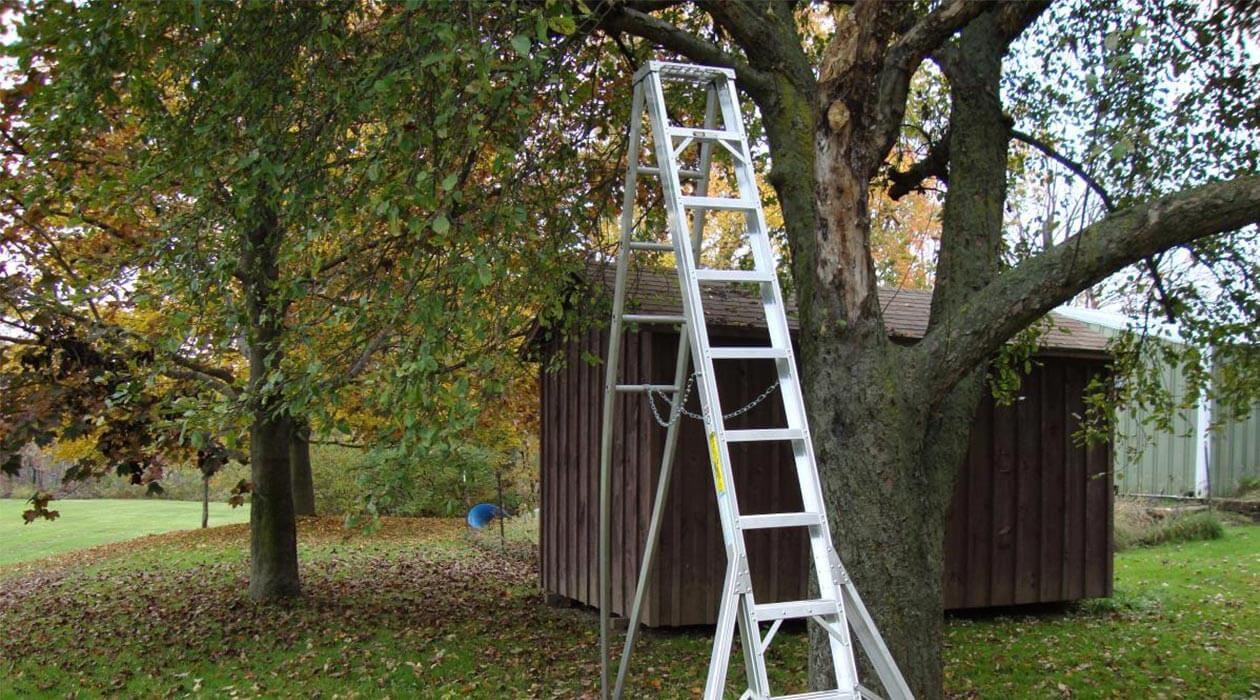
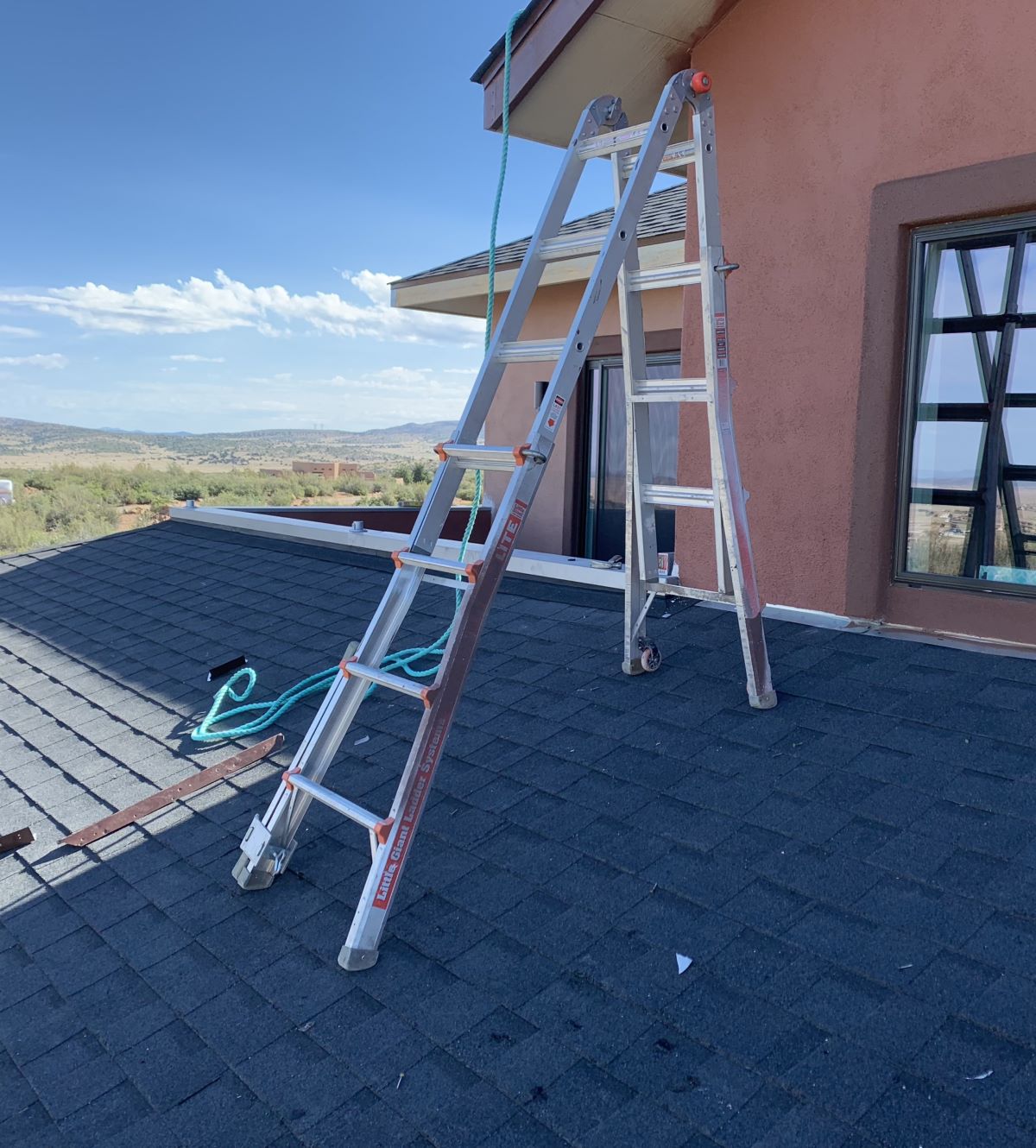
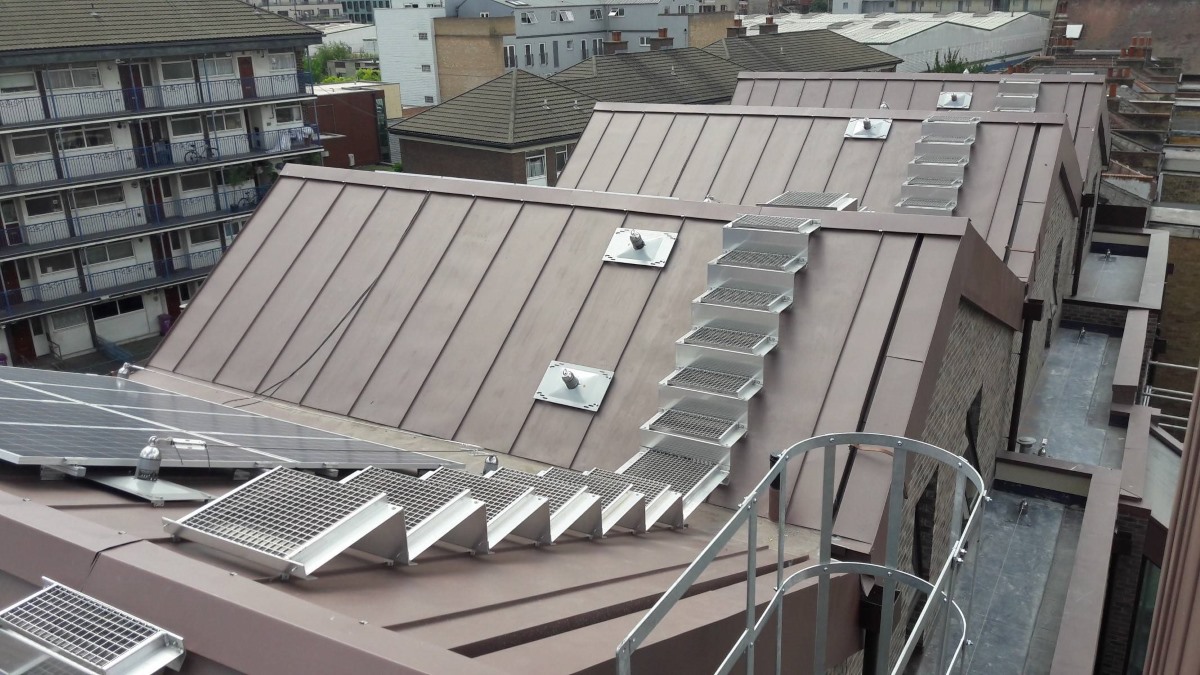
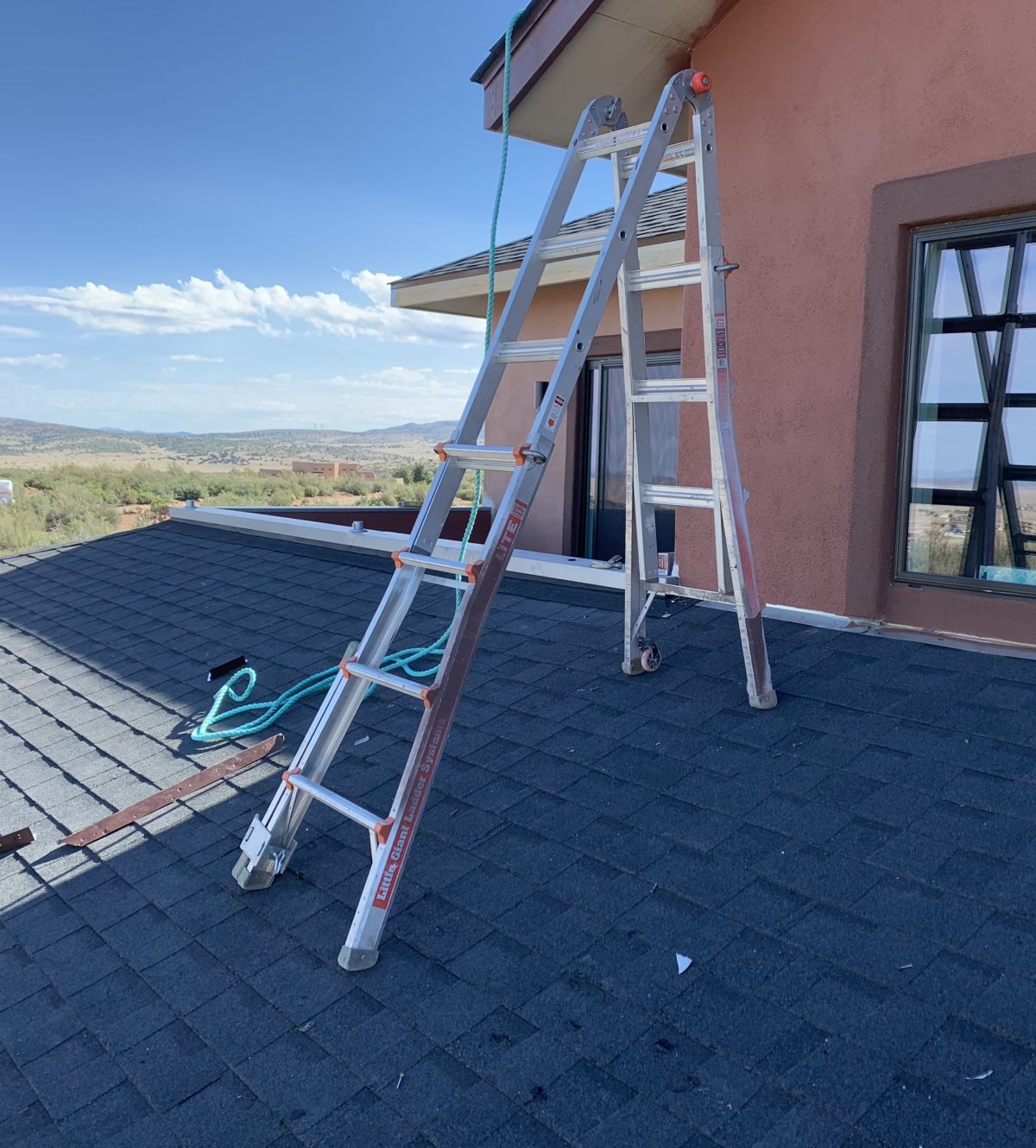
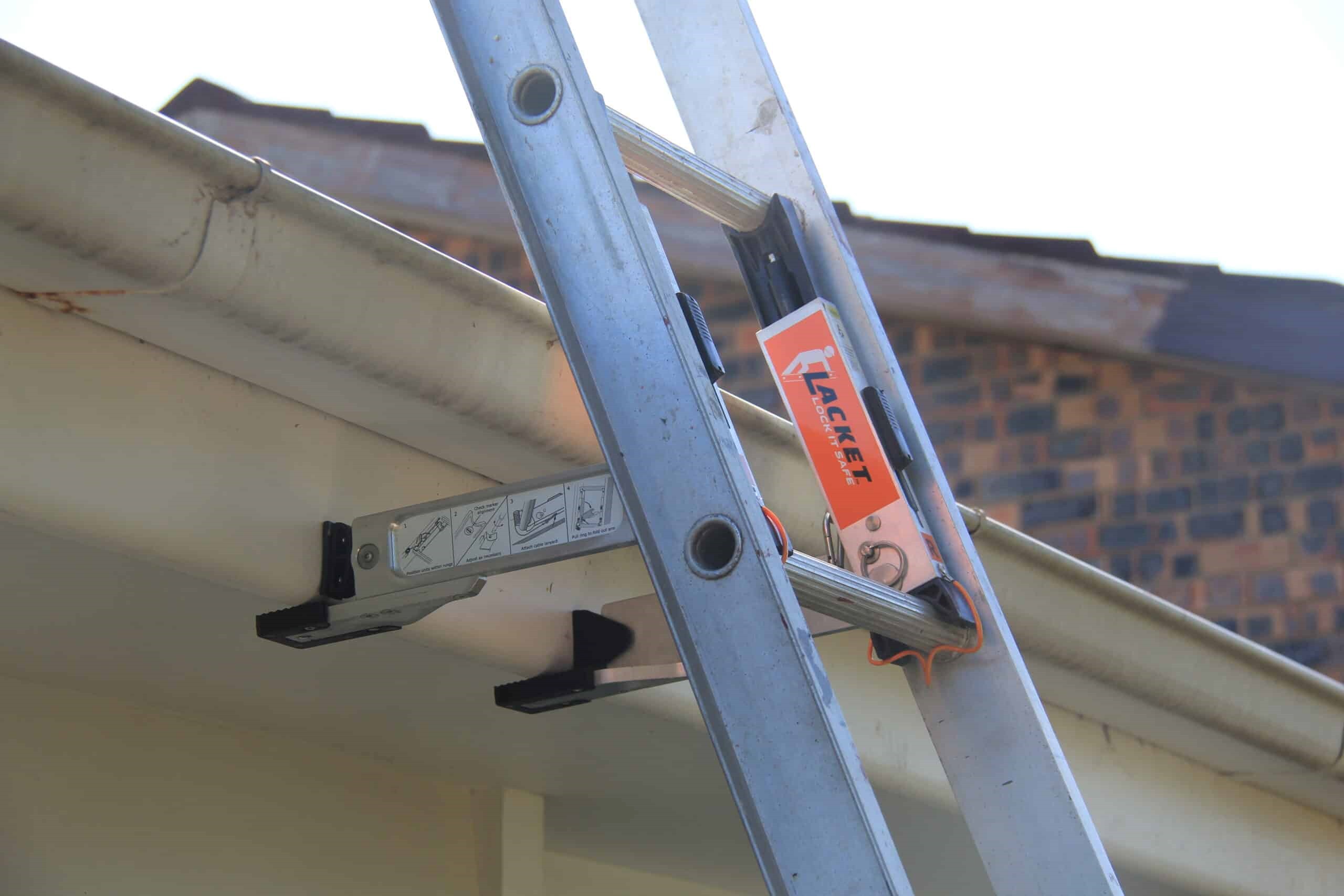

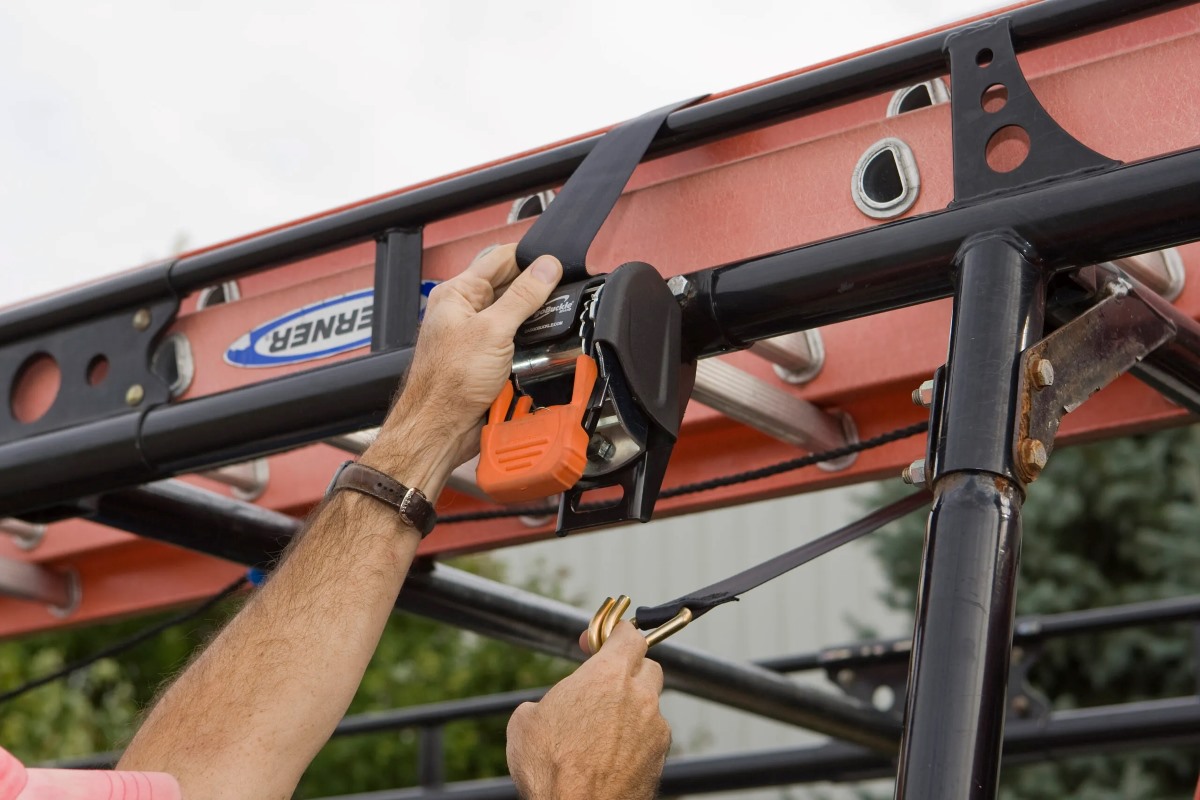
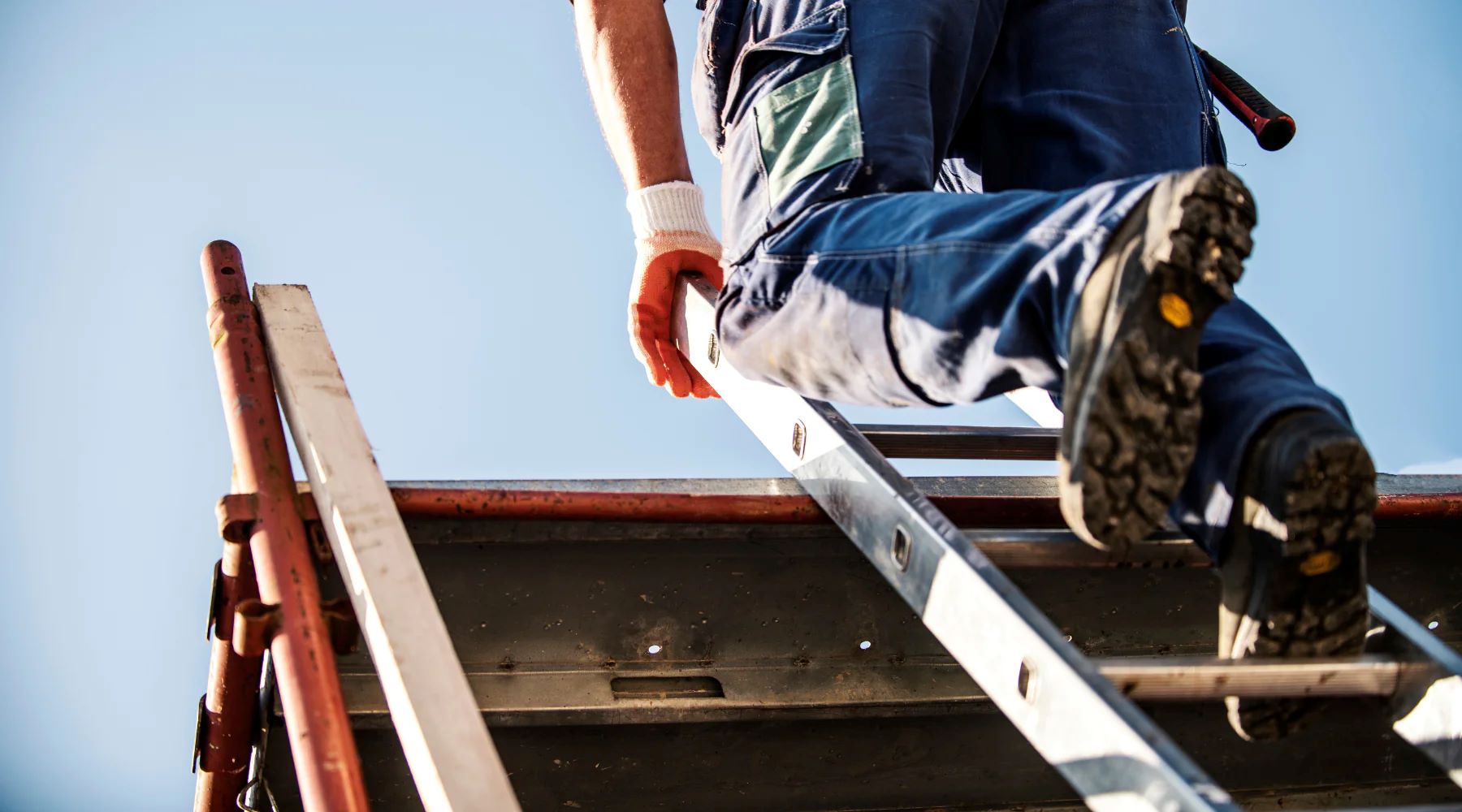

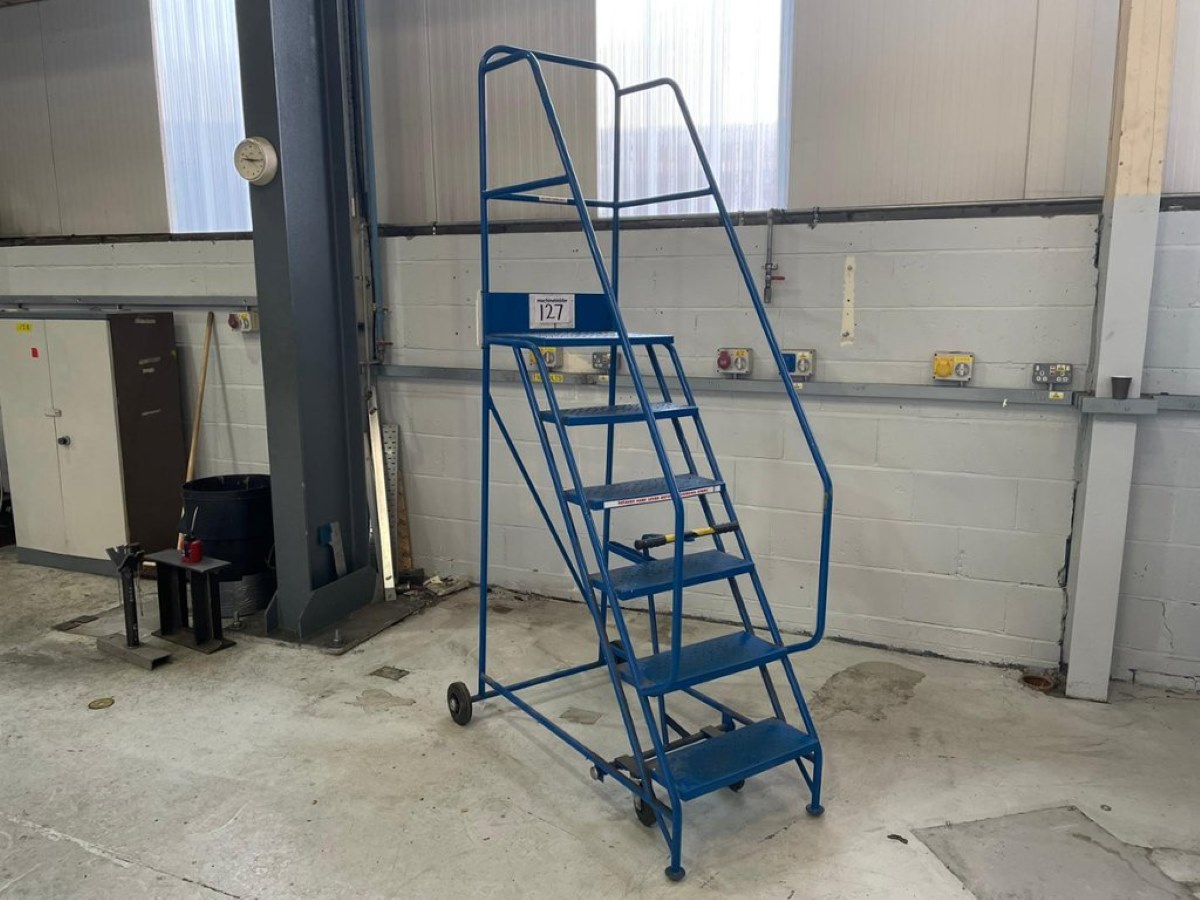
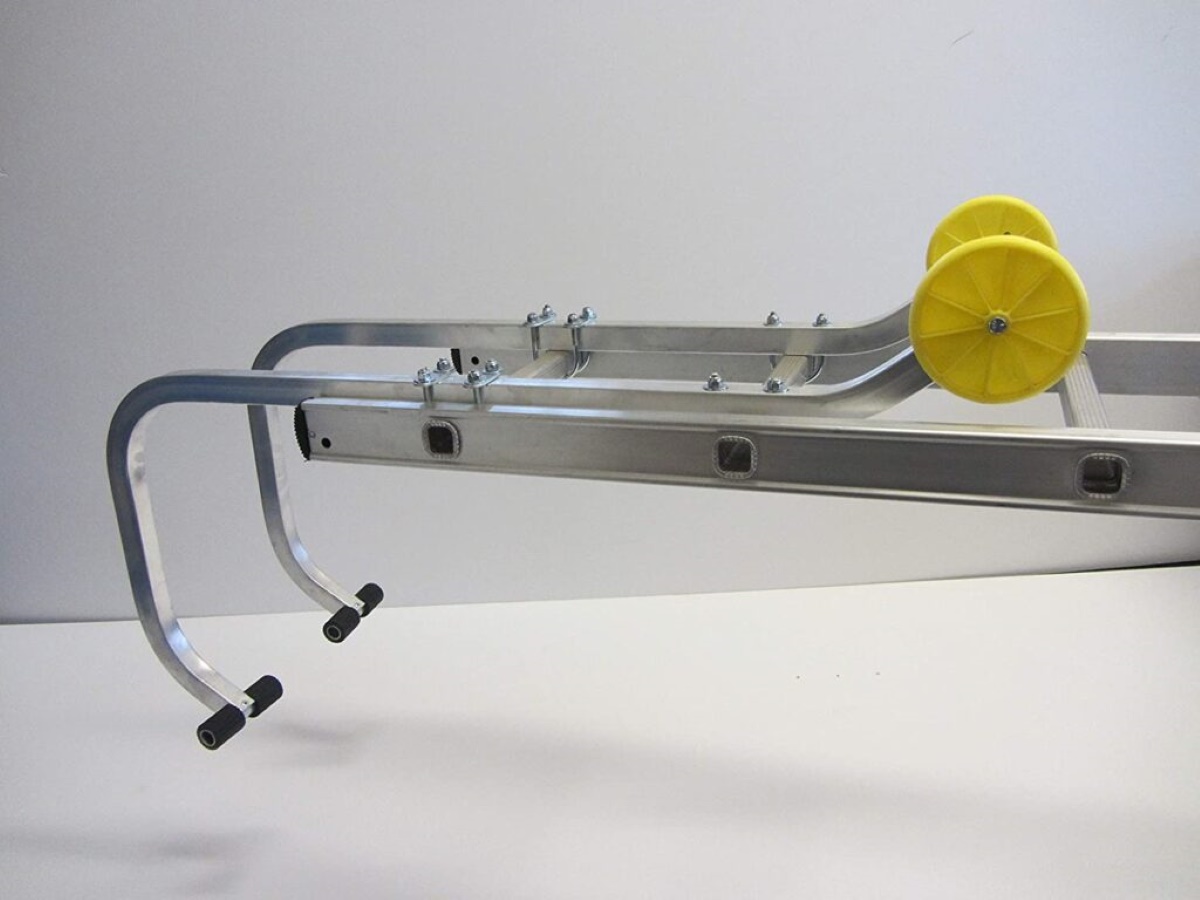
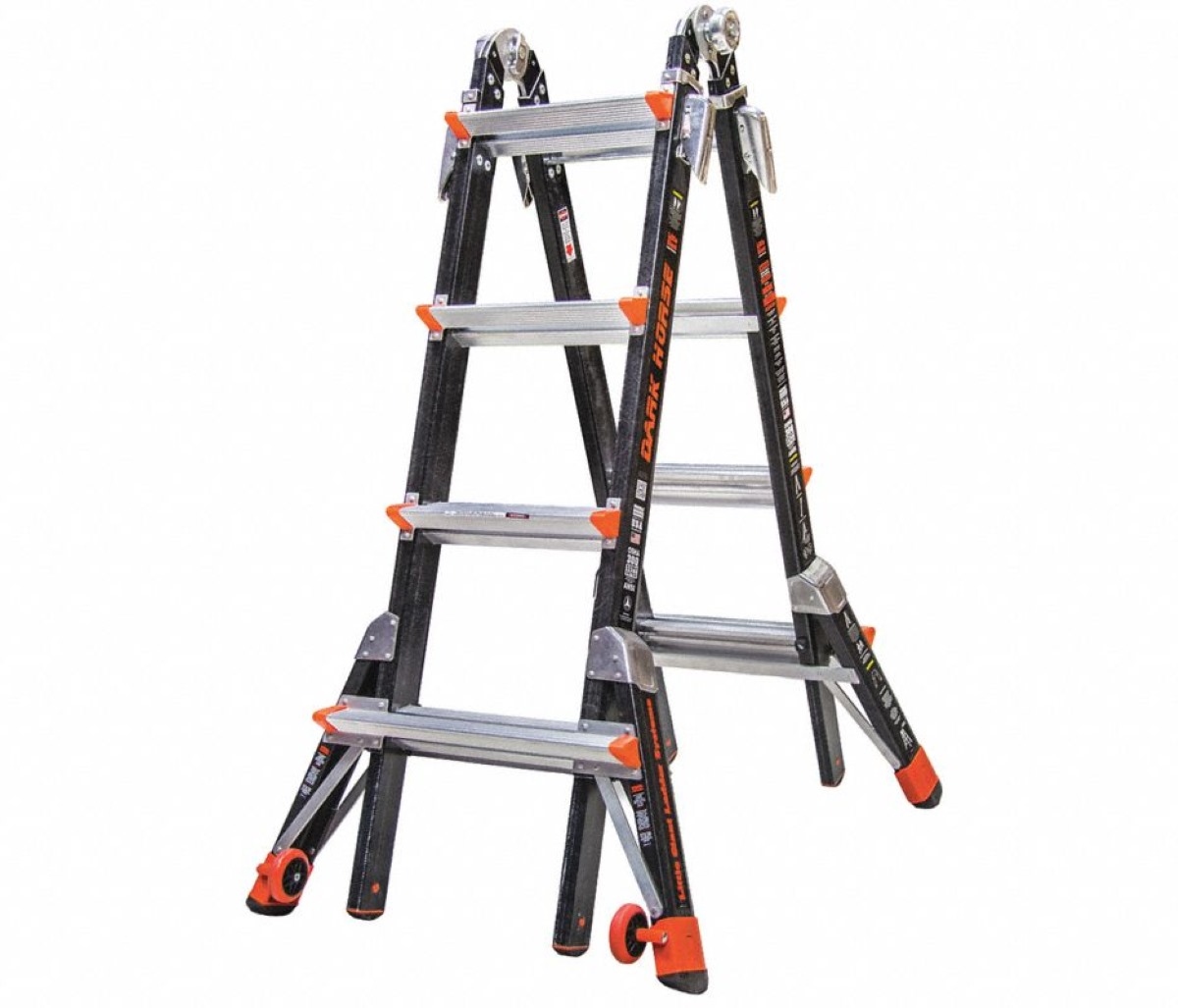
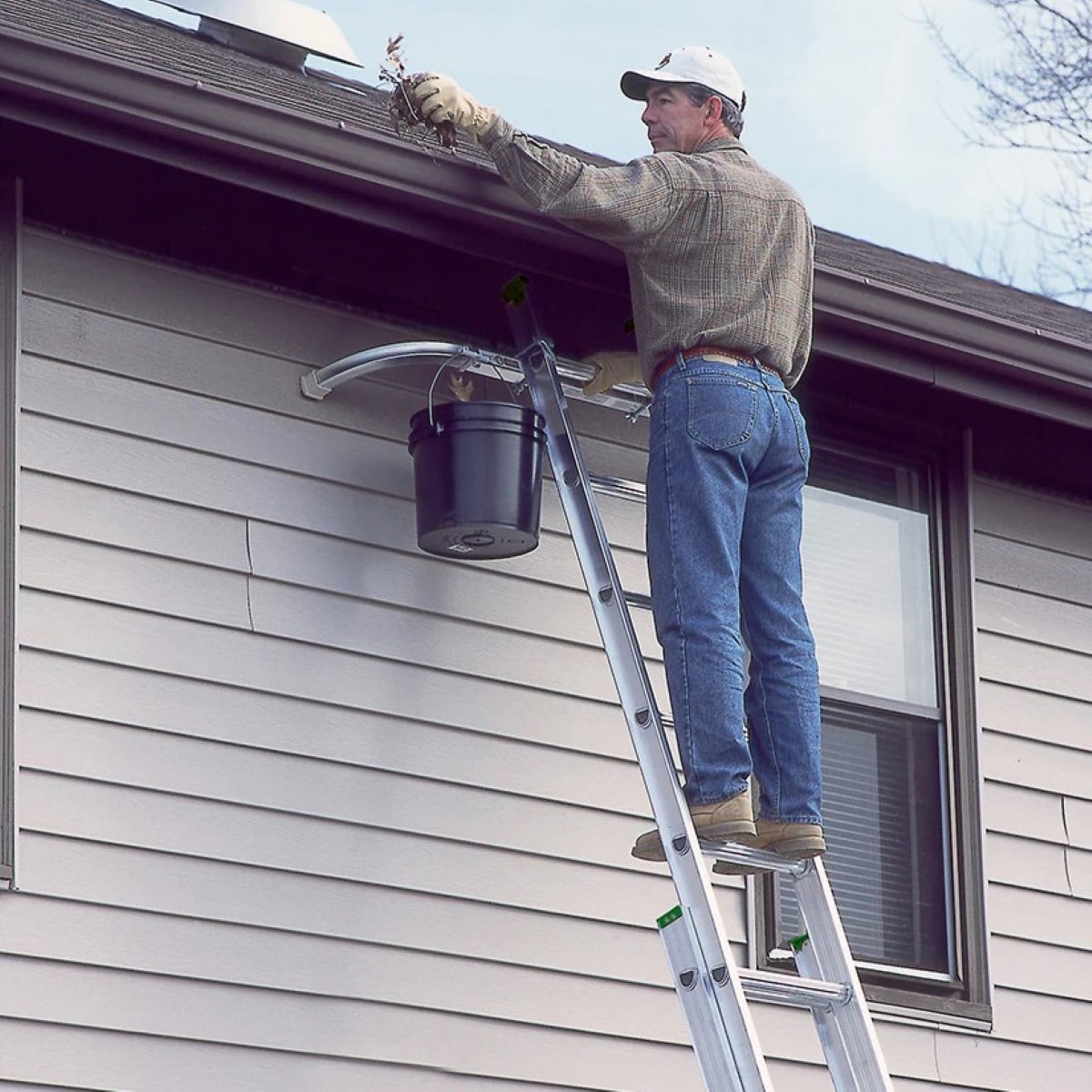
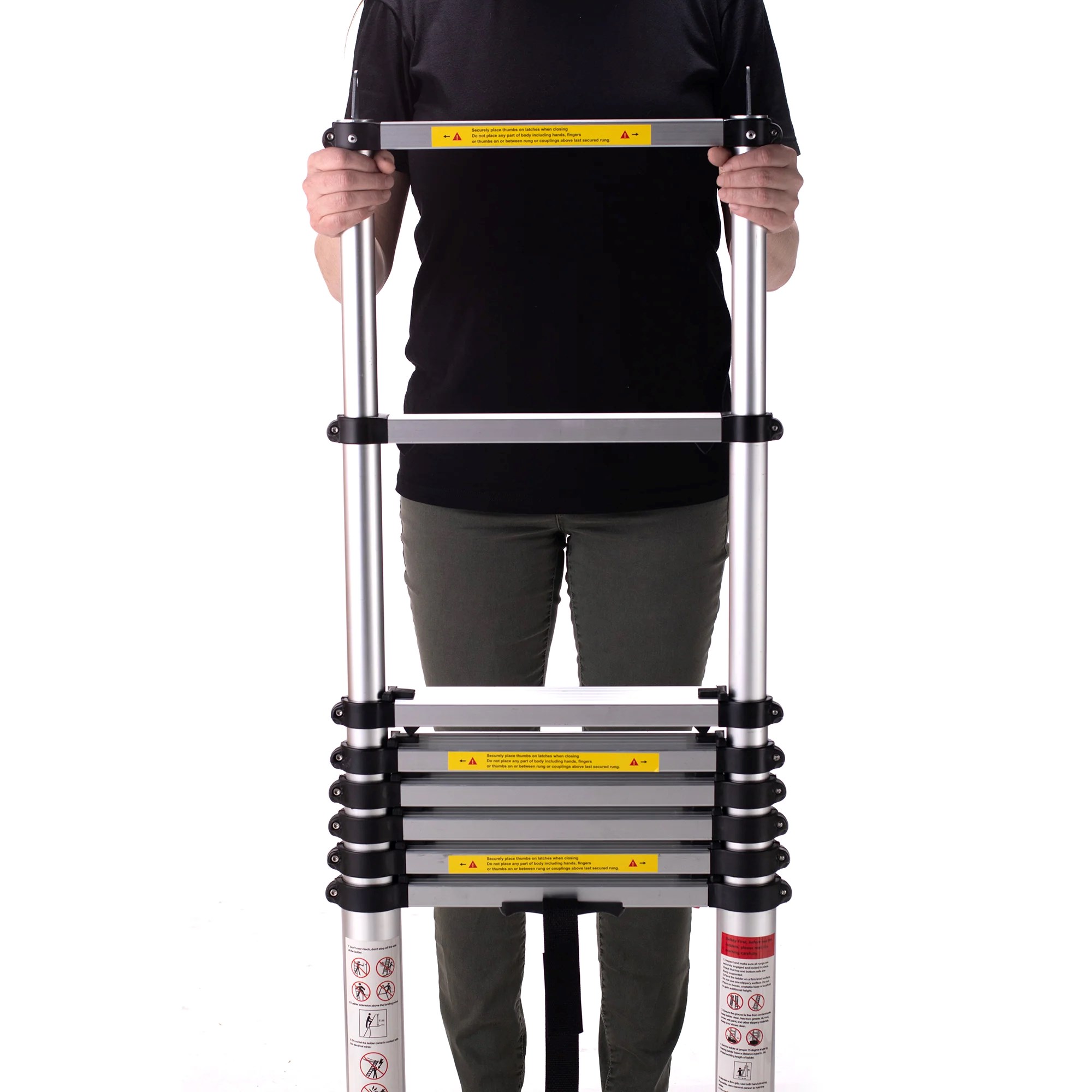

0 thoughts on “How To Use A Single Or Extension Ladder When Accessing The Roof”